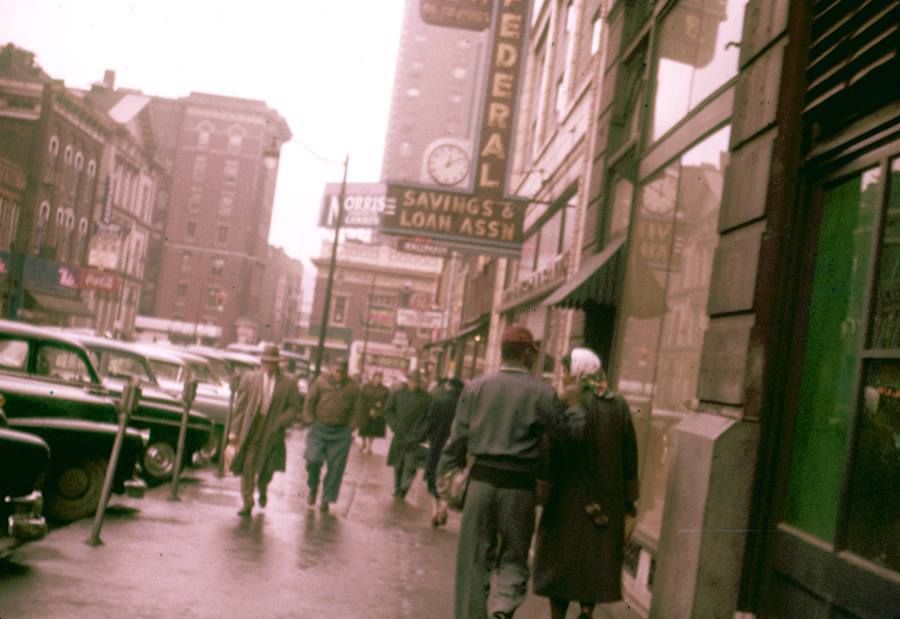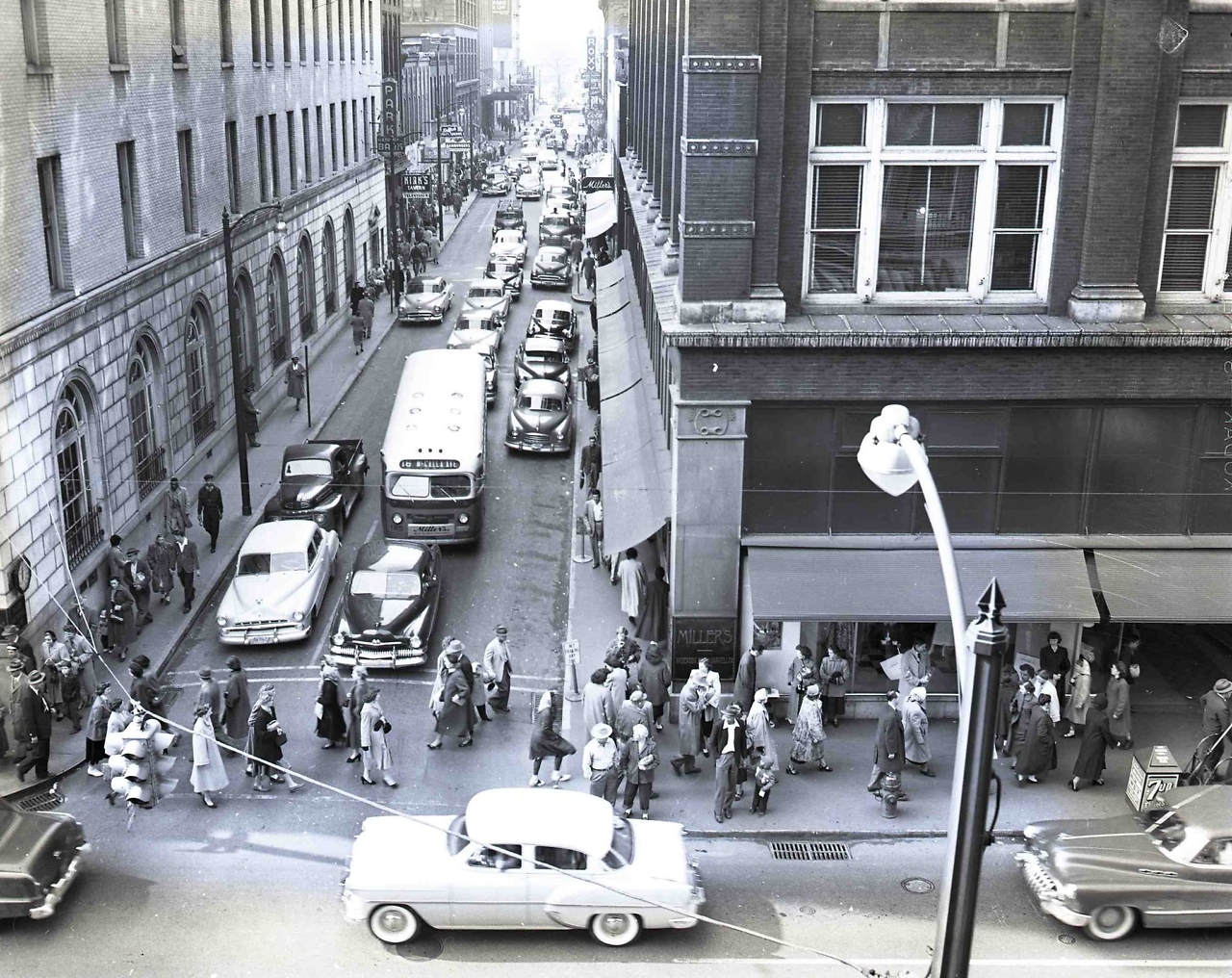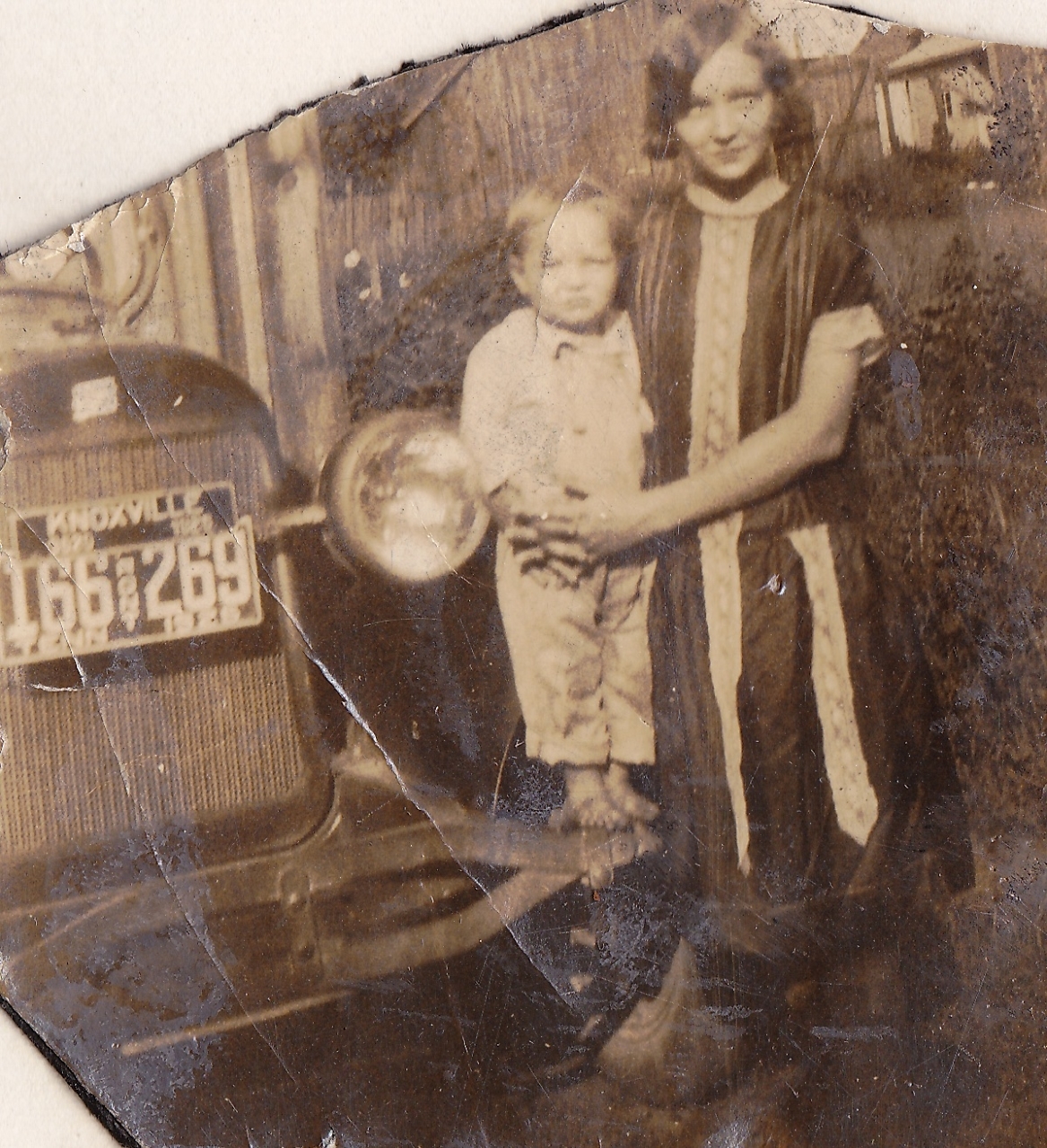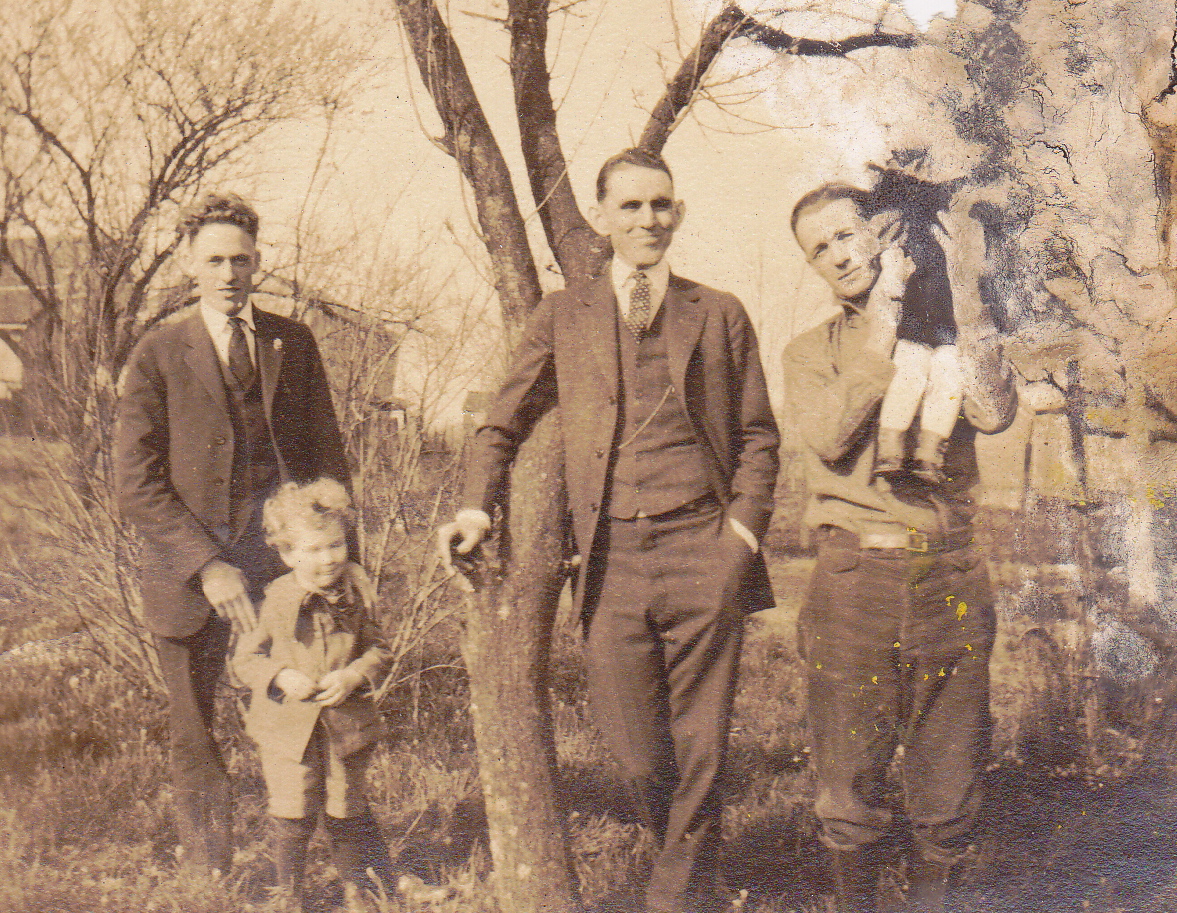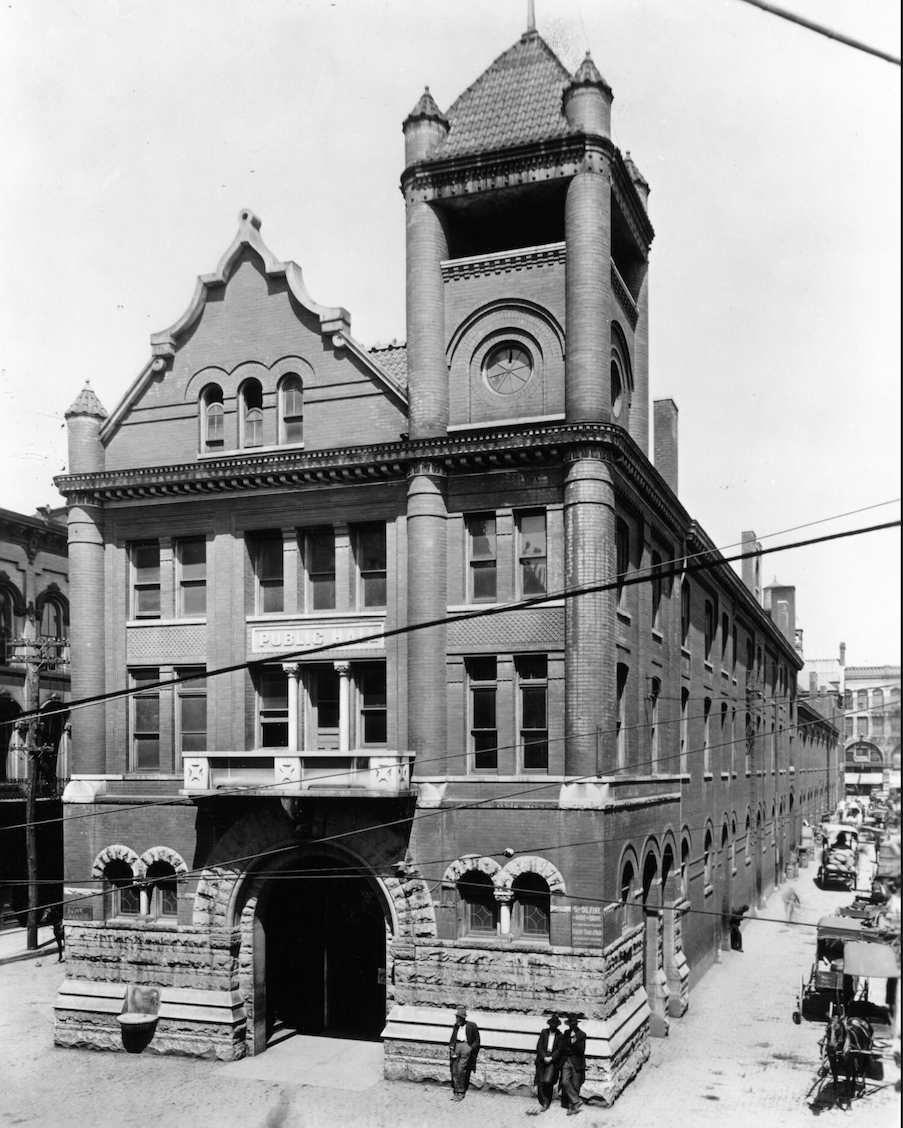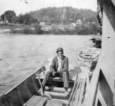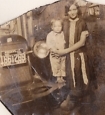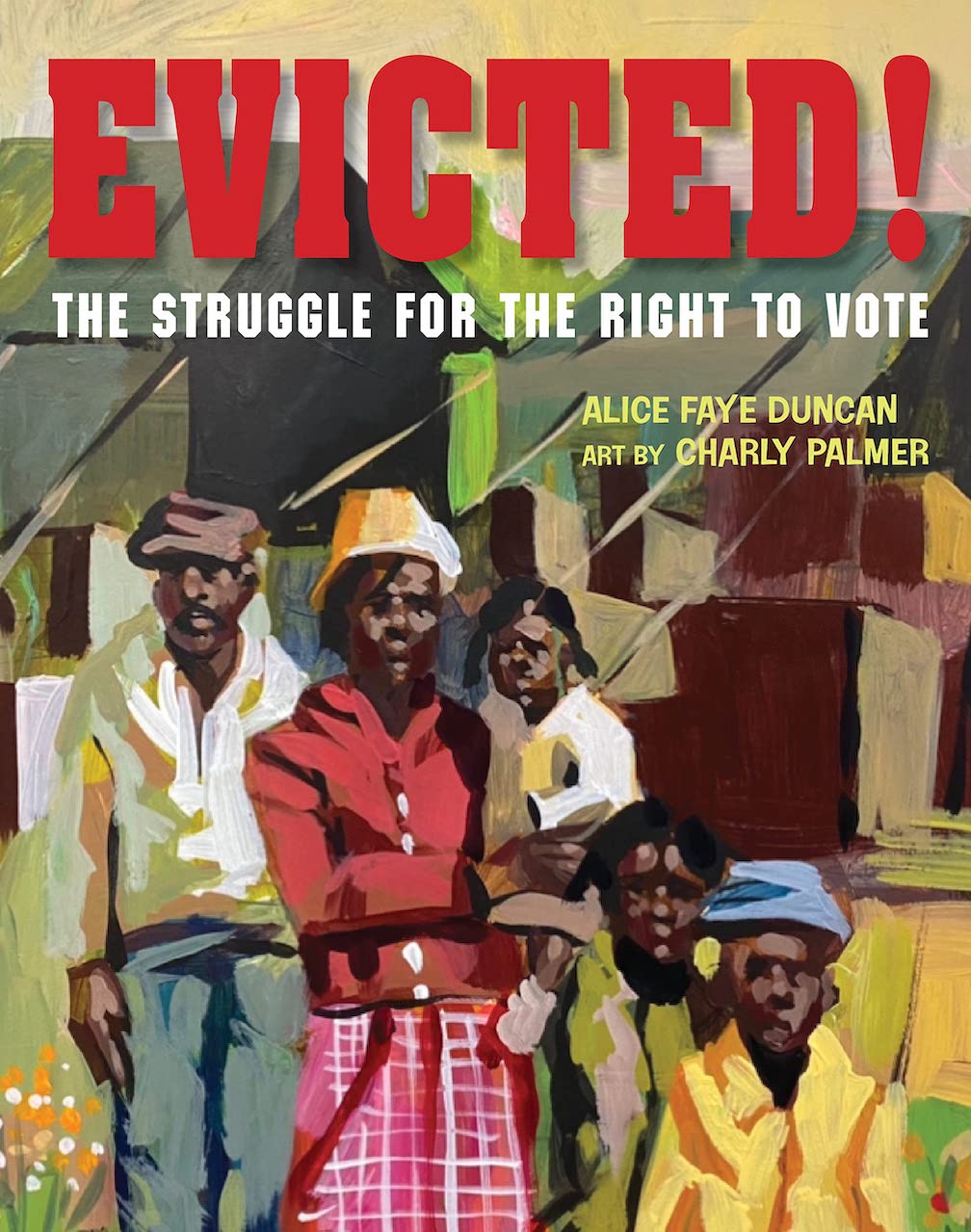Time Travel with McCarthy
An outdoor homage to Suttree and Knoxville’s past

In this summer of re-emergence after a long year of isolation and separation, Knoxvillians will have an opportunity to come together for an evening of collective time travel. On July 8 at Lakeshore Park, “Suttree’s Knoxville: A Hymn to the Past in Film & Music” will combine live music, readings from Cormac McCarthy’s novel Suttree, and a film composed of archival footage and images to evoke a sense of the city as it was 70 years ago.
The free event, presented by the Big Ears Festival in partnership with Lakeshore Park Conservancy, Knox County Public Library, Knoxville History Project, and Tennessee Archive of Moving Image and Sound (TAMIS), is a collaboration between Big Ears’ managing director Aaron Greenwald and archivist/filmmaker Eric Dawson of TAMIS.
Dawson, a longtime fan of the novel, has been working with the concept of a documentary homage to Suttree since 2018, when he created a film for the University of Tennessee’s McCarthyfest, inspired in part by the work of German musicians (and fellow Suttree enthusiasts) Roland Kopp and Michael Stroll.
The film for “Suttree’s Knoxville” is a fresh effort, containing about 50% new material, and the live music accompanying it will be provided by a diverse lineup of regional artists, including Kelle Jolly, Jake Xerxes Fussell, Bill MacKay, and RB Morris, who will also read passages from the book. The film will be shown on a 40-foot screen, set against a view of the Tennessee River and the Great Smoky Mountains.
Such a grand, multi-sensory experience is appropriate for Suttree, McCarthy’s fourth novel. In his 1979 review for The New York Times, Jerome Charyn characterized Suttree as “a fat one, a book with rude, startling power and a flood of talk.” He wrapped up by comparing it to “a good, long scream in the ear.” Those might not sound like the words of a happy critic, but in fact Charyn’s review was generally positive, and many of Suttree’s fans would likely agree with his description. The book is challenging and enthralling in equal measure.

It worked its spell on Dawson, who first encountered it as a sort of literary rite of passage when he moved to Knoxville in 1994 to attend the University of Tennessee. “You fall in with a certain group of people, and pretty soon they’re asking if you’ve ever read Suttree,” he recalls. By his own count, he’s now read it a half-dozen times. Set in Knoxville in the early 1950s, the novel follows Cornelius Suttree, a man who has turned away from his respectable family in favor of a marginal life as a fisherman on the Tennessee River. The book is often described as semi-autobiographical, and it evokes the Knoxville of McCarthy’s youth in a roiling current of images and encounters that somehow burn indelibly into the mind’s eye even as they flow relentlessly on:
Market Street on Monday morning, Knoxville Tennessee. In this year nineteen fifty-one. Suttree with his parcel of fish going past the rows of derelict trucks piled with produce and flowers, an atmosphere rank with country commerce, a reek of farmgoods in the air tending off into a light surmise of putrefaction and decay. Pariahs adorned the walk and blind singers and organists and psalmists with mouth harps wandered up and down. Past hardware stores and meatmarkets and little tobacco shops. A strong smell of feed in the hot noon like working mash. Mute and roosting pedlars watching from their wagonbeds and flower ladies in their bonnets like cowled gnomes, driftwood hands composed in their apron laps and their underlips swollen with snuff.
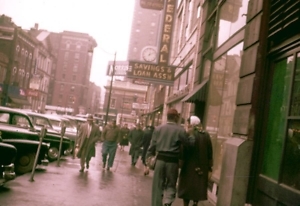
It is, in Greenwald’s words, “not an easy book” and doesn’t lend itself to conventional adaptation. A multimedia approach that incorporates the text itself is “the only responsible way to deal with this piece of literature,” he says. And he sees the music as critical to a full appreciation of the archival footage Dawson has compiled: “When you have live music with a silent film, the music starts to connect the images in your mind.” The alchemy of music, images, novel, and setting should give the audience a rich impression of the Knoxville McCarthy knew.
The Suttree era was a period of transition for the city. Greenwald describes it as a time when a town “that felt like the frontier” became “a more polished place where modernity was nibbling at the rough edges.” He notes that there’s a tendency to be sentimental about images of bygone days, but he hopes that “Suttree’s Knoxville,” with McCarthy’s powerful vision at its center, “will let people have a real sense of the past.”

Maria Browning is a fifth-generation Tennessean who grew up in Erin and Nashville. Her work has appeared in Guernica, The Los Angeles Review of Books, and The New York Times. She’s the editor of Chapter 16.

